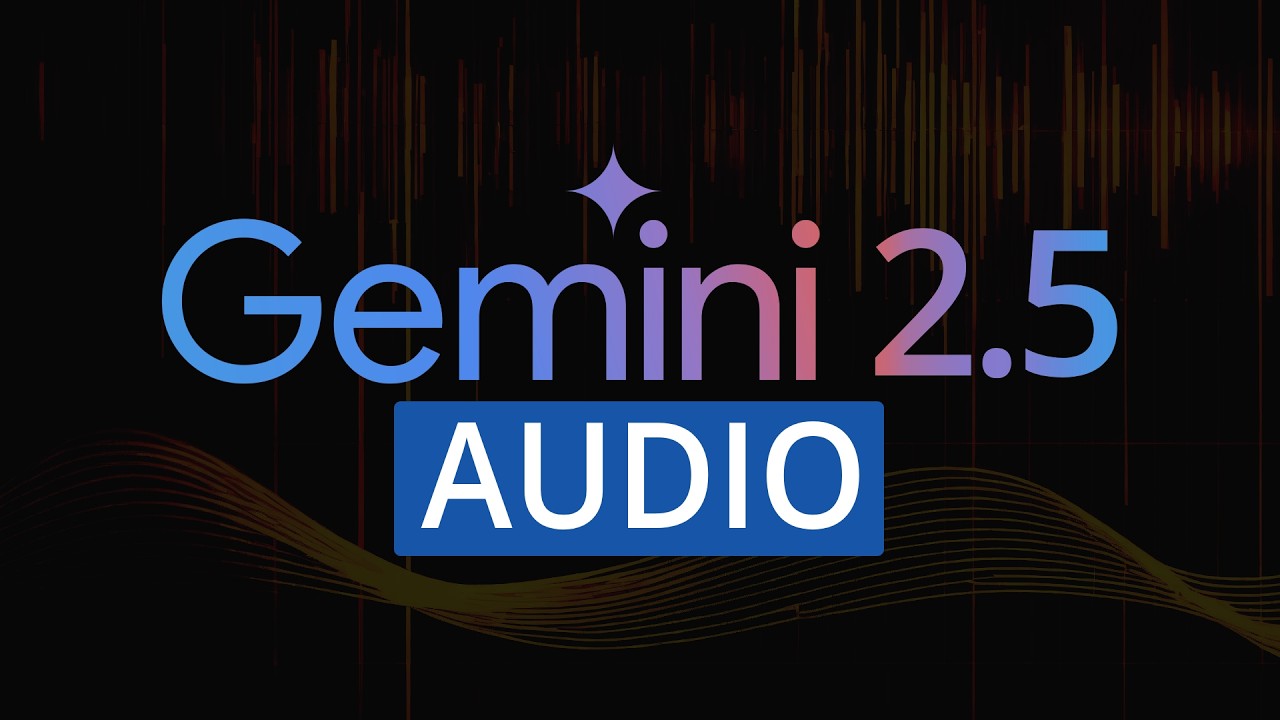The video showcases the capabilities of the Gemini 2.5 Pro model for audio transcription, highlighting its advancements in generating accurate transcripts, speaker diarization, and handling larger audio files with improved token limits. The presenter also demonstrates how to set up a transcription pipeline and emphasizes the model’s potential for summarizing and automating information retrieval from audio content.
In the video, the presenter discusses the capabilities of the Gemini 2.5 Pro model for audio transcription, highlighting its advancements in generating transcripts, speaker diarization, and enabling question-and-answer functionalities over audio content. The presenter emphasizes the growing importance of these features for efficiently summarizing podcasts and automating information retrieval from audio sources. The key improvement in Gemini 2.5 Pro is its ability to generate up to 64,000 tokens, allowing for the transcription of approximately two hours of audio, a significant upgrade from the previous models that could only handle about 8,000 tokens.
The video explains the technical aspects of using Gemini 2.5 Pro for audio transcription, noting that it can process various audio formats, including MP3 and AAC. The presenter details the token consumption rates, indicating that one second of audio translates to 32 tokens, which means that longer audio files may require careful management to avoid exceeding token limits. The model’s ability to downsample audio to 16k and convert stereo sources to mono is also mentioned, along with the importance of using the upload API for larger files to facilitate efficient processing.
The presenter shares insights into the audio diarization capabilities of the Gemini model, which can identify different speakers in a conversation based on contextual cues. This feature allows for more accurate transcripts, as the model can recognize when speakers address each other by name. The video also discusses the process of uploading audio files and generating transcripts, showcasing how the model can produce timestamps and manage speaker changes effectively.
In the coding segment, the presenter demonstrates how to set up a transcription pipeline using Google Colab, modifying existing prompts to suit specific use cases. The video illustrates how to streamline the output by reducing the frequency of timestamps and focusing on speaker changes, resulting in a more readable transcript. The presenter also highlights the potential for using the generated transcripts to create summaries and notes, emphasizing the model’s improved accuracy compared to earlier versions.
Finally, the video concludes with a discussion on the future possibilities of using Gemini 2.5 Pro for various audio applications, including YouTube video transcription. The presenter encourages viewers to explore the model’s capabilities for their transcription needs and hints at upcoming content that will delve into similar techniques for video analysis. The video ends with a call to action for viewers to like and subscribe for more insights on leveraging AI for audio content processing.
